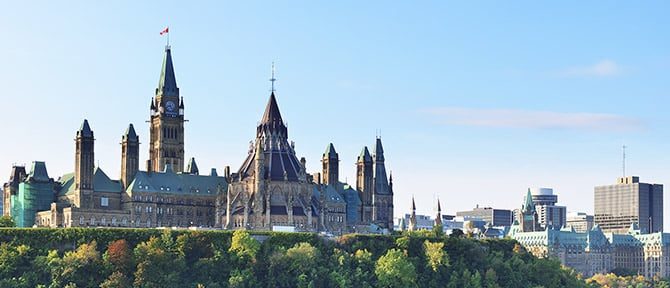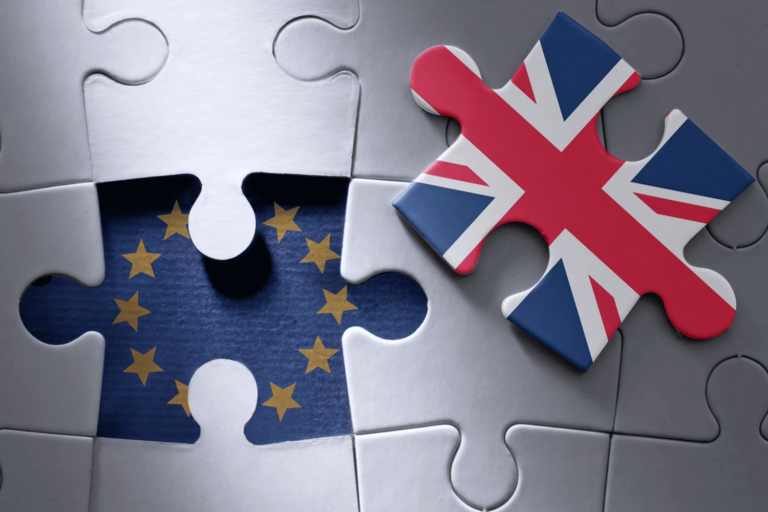by Ed Devlin, PIMCO Canada
As expected, Ottawa presented a cautious budget for 2017 that focused more on implementation than on bold new initiatives, and there is much to commend about Finance Minister Bill Morneau’s wait-and-see approach.
As we discussed in Canada’s 2017 Economic Outlook, “A Tale of Two ‘Tails’,” new U.S. economic and foreign policies could be very good or very bad for the Canadian economy. With this in mind, we believe it’s sensible to wait and see how the new U.S. administration’s budget, trade and regulatory policies play out – and how they affect Canada’s economy – before substantially changing Canadian fiscal policies.
Moreover, improvements in Canadian job creation and GDP data in recent months, which may point to a pickup in the pace of the economic recovery, further justify a wait-and-see approach.
Highlights of the 2017 budget
- Infrastructure investment. Last year’s budget included a significant infrastructure investment that aimed to add 0.5% to GDP in 2016 and 2017. The infrastructure contribution missed that target in 2016, and the new budget does not provide much detail surrounding the new infrastructure bank the government announced late last year, with plans to launch operations by the end of 2017. This timeline means the bank isn’t likely to add substantially to GDP growth this year.
- Innovation. This budget intends to boost Canadian productivity via several “innovation” initiatives. The government plans to invest $950 million over five years to fund business “superclusters” and $400 million over three years in a new venture capital fund. We think these initiatives will have a limited impact on the overall economy. Again, this is an area where we will have to wait and see what kind of tax cuts the Trump administration enacts. If the U.S. becomes a more desirable location to do business or to work for highly skilled laborers, then last year’s tax increase on the rich (and presumably skilled) may do more to hurt innovation than this year’s initiatives will help.
- Fiscal cushion. The government reintroduced a fiscal cushion of C$3 billion into the budget as a reserve to cover an unanticipated drop in tax revenue or increase in costs. It will be interesting to see how the Trudeau government uses this reserve in the fall, if it still exists: Will the administration tap it to pay down the debt, or put it toward more spending or tax cuts?
- Budget deficits. The budget continues to forecast deficits over the entire projection period: The deficit peaks at $28.5 billion (or 1.3% of GDP) in 2017-18 before falling to $18.8 billion (or 0.7% of GDP) in 2021-22.
Investment implications
The new budget does not change the investment environment in Canada significantly. However, we believe Canada does run the risk of becoming a relatively less attractive jurisdiction in which to do business relative to the U.S., given the Trudeau government’s focus on “fairness” and redistribution of income at the same time the Trump administration is promoting pro-business growth policies.
The Trudeau government has been prudent to take a wait-and-see approach to this budget, but it should be willing to act at the fall budget update, when further policy details out of the U.S. will have emerged.
Ed Devlin is PIMCO’s head of Canadian portfolio management and a contributor to the PIMCO Blog.
Copyright © PIMCO Canada















